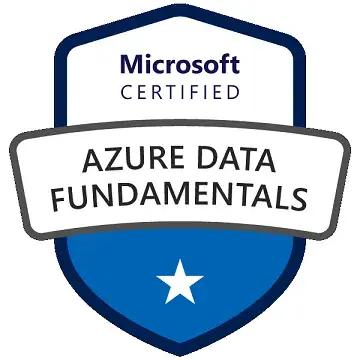Mathematics Class 9
-
- 5 rating
- (1 Reviews)
- 0 students enrolled
Mathematics Class 9
Class 9 mathematics serves as a foundation for more advanced mathematical concepts and courses in higher grades. It helps students develop problem-solving skills, logical thinking, and a deeper understanding of mathematical principles that are essential for various academic and practical applications.
-
- 5 rating
- (1 Reviews)
- 0 students enrolled
What learn
- Comprehensive Subject Knowledge
- Visual and Interactive Education
- Adaptive Learning Methodology
- 24/7 Availability
- Global Reach and Diverse Resources
Course Content
Requirements
- Smart Phone Or Laptop with Internet Connection
Description
Class 9 typically covers a wide range of mathematical and geometric concepts. Here's a short description of each topic:
1. **Equations in Two Variables:** This topic deals with solving linear equations involving two variables and understanding the graphical representation of such equations.
2. **Triangles:** Students learn about different types of triangles, their properties, and various theorems related to angles and sides of triangles.
3. **Euclid's Geometry:** This section introduces students to Euclidean geometry, which includes the study of points, lines, angles, and geometric proofs.
4. **Heron's Formula:** Heron's formula is used to calculate the area of a triangle when the lengths of its sides are known.
5. **Surface Area and Volume:** Students explore the formulas for finding the surface area and volume of various geometric shapes such as cubes, spheres, and cylinders.
6. **Coordinate Geometry:** This topic combines algebra and geometry, teaching how to locate points on a coordinate plane and find distances and slopes.
7. **Probability:** Students learn the fundamentals of probability, including the concept of events, sample spaces, and probability calculations.
8. **Constructions:** This section covers the construction of geometric figures using a compass and straightedge, as well as understanding constructions based on given conditions.
9. **Circle:** Students study the properties of circles, including theorems related to tangents, chords, and angles formed within circles.
10. **Lines and Angles:** This topic explores the classification of angles, parallel lines, transversals, and their properties.
11. **Areas of Parallelograms and Triangles:** It involves calculating the areas of parallelograms and triangles using their base and height.
12. **Polynomials:** Students learn about algebraic expressions, polynomial degree, and polynomial operations such as addition, subtraction, multiplication, and division.
13. **Quadrilaterals:** This section focuses on different types of quadrilaterals like squares, rectangles, and rhombuses, along with their properties.
14. **Number Systems:** This topic reviews number classifications, including rational, irrational, real, and complex numbers.
15. **Statistics:** Students are introduced to basic statistical concepts such as data collection, representation, measures of central tendency, and measures of dispersion.
Class 9 mathematics provides a strong foundation for more advanced mathematical concepts in higher grades. These topics cover a wide range of mathematical and geometric principles and skills essential for further studies in mathematics and science.
Recent Courses
- June, 23rd 2025
- 3
This course plan outlines a comprehensive curriculum for a prompt engineering course, designed to equip learners with the ski..
- 1699.00₹
2000.00₹
- June, 28th 2025
- 12
In an era where technology is seamlessly integrated into our daily lives, understanding the synergy between Embedded Systems..
- 1599.00₹
2000.00₹
- May, 22nd 2024
- 0
Microeconomics is an essential component of economics as a whole, as it helps us understand how individual decisions and inte..
- 799.00₹
999.00₹
About Instructor







.png)


